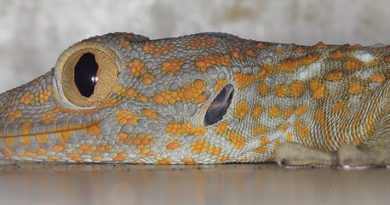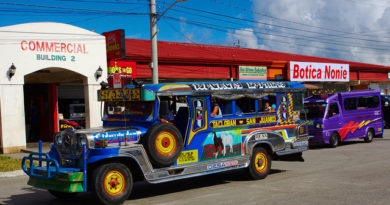Tectonics are more Complex in the Philippines
It’s more fun in the Philippines, and plate tectonics are more complex in the Philippines! The Philippines are a very geologically active country. As a biologist, the geographical distributions of animals interests me, and to understand these, I have to understand geology. The plate tectonics of the Philippine archipelago are highly complex, and their arrangement is called the “Philippine Mobile Belt”.
The South China Sea and Sunda plates push from the west, the Philippine sea plate pushes from the east, and the Celebes Sea plate from the south. These movements result in the Manila and Sulu trenches in the west, and the East Luzon and Philippine trenches in the east, and the Cotabato trench in the south.
An important fact to realize is that Palawan is on the Sunda plate and NOT a part of the Philippine mobile belt.
Check out this video I made about all the plates, and how they make Valencia on Negros Island a stinky place:
To learn more:
Aurelio, M. A., Dianala, J. D. B., Taguibao, K. J. L., Pastoriza, L. R., Reyes, K., Sarande, R., & Lucero Jr, A. (2017). Seismotectonics of the 6 February 2012 Mw 6.7 Negros Earthquake, central Philippines. Journal of Asian Earth Sciences, 142, 93-108.
Rangin, C. (1991). The Philippine Mobile Belt: a complex plate boundary. Journal of Southeast Asian Earth Sciences, 6(3-4), 209-220.
Suzuki, S., Peña, R. E., Tam III, T. A., Yumul Jr, G. P., Dimalanta, C. B., Usui, M., & Ishida, K. (2017). Development of the Philippine Mobile Belt in northern Luzon from Eocene to Pliocene. Journal of Asian Earth Sciences, 142, 32-44.
And the “Philippine Mobile Belt” entry in Wikipedia.
Thanks to plotaverse.com for helping with making the animation


